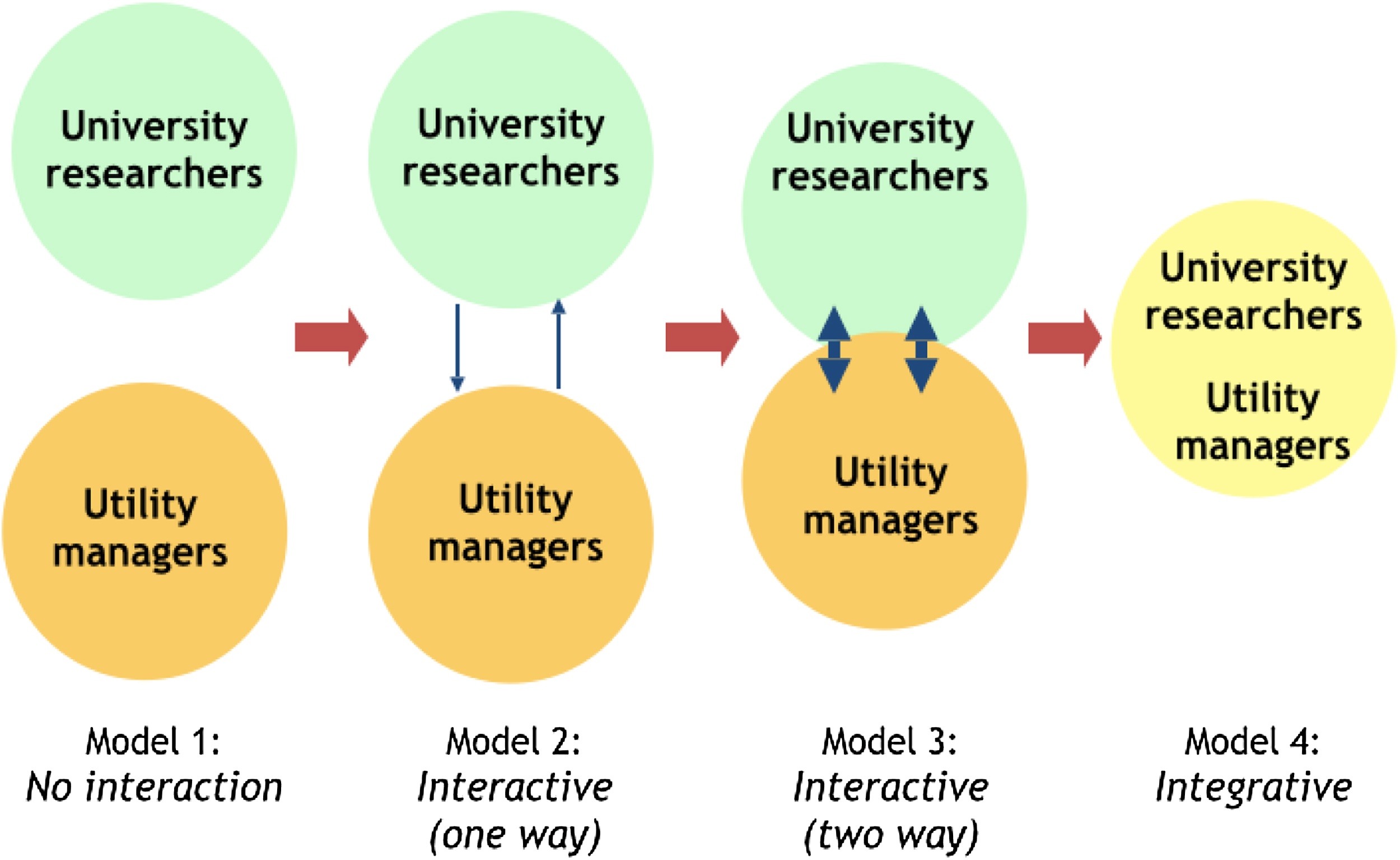Urban Forestry and Urban Greening, Volume 20, 1 December 2016
Aquaponics is an innovative smart and sustainable production system for integrating aquaculture with hydroponic vegetable crops, that can play a crucial role in the future of environmental and socio-economic sustainability in smart cities. These cities aim mobilize all knowledge centers and Information and Communication Technologies (ICT) into innovation hubs in order to strengthen the socio-economic progress.
Sustainable Cities and Society, Volume 27, 1 November 2016
Water harvesting is an ancient practice that has been used, mainly in dry environments, to increase efficiency of water collection and use by directing water from a large natural watershed or man-made collection surface into a small basin where the water can be stored in underground reservoirs or to be used directly for irrigation or domestic uses. In modern era water harvesting has been neglected, particularly at the developed countries, due to the technological achievements in the fields of water production and transport.

